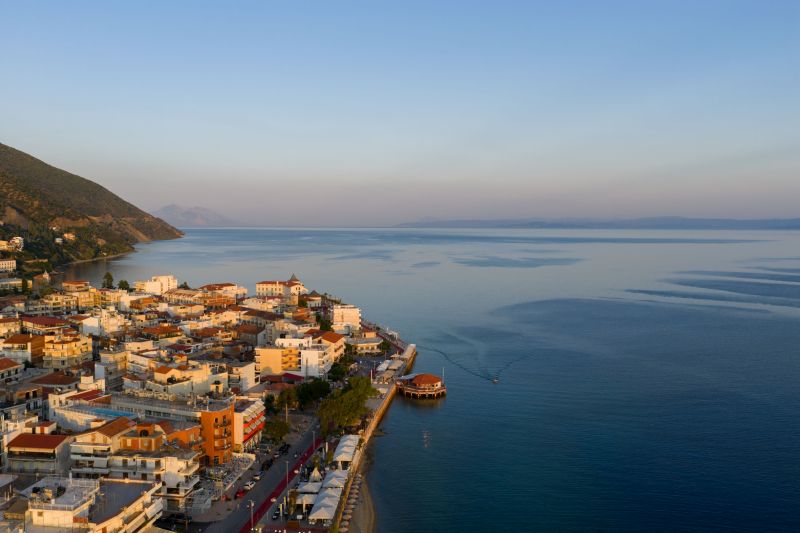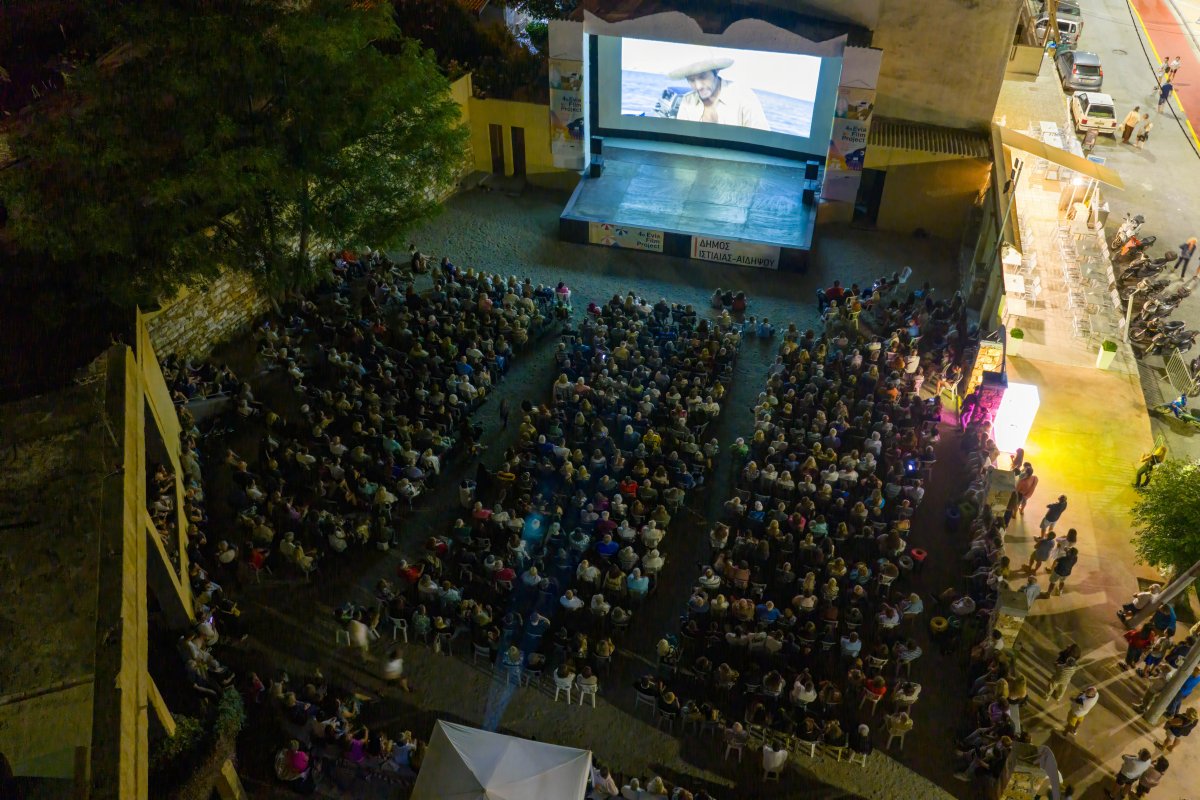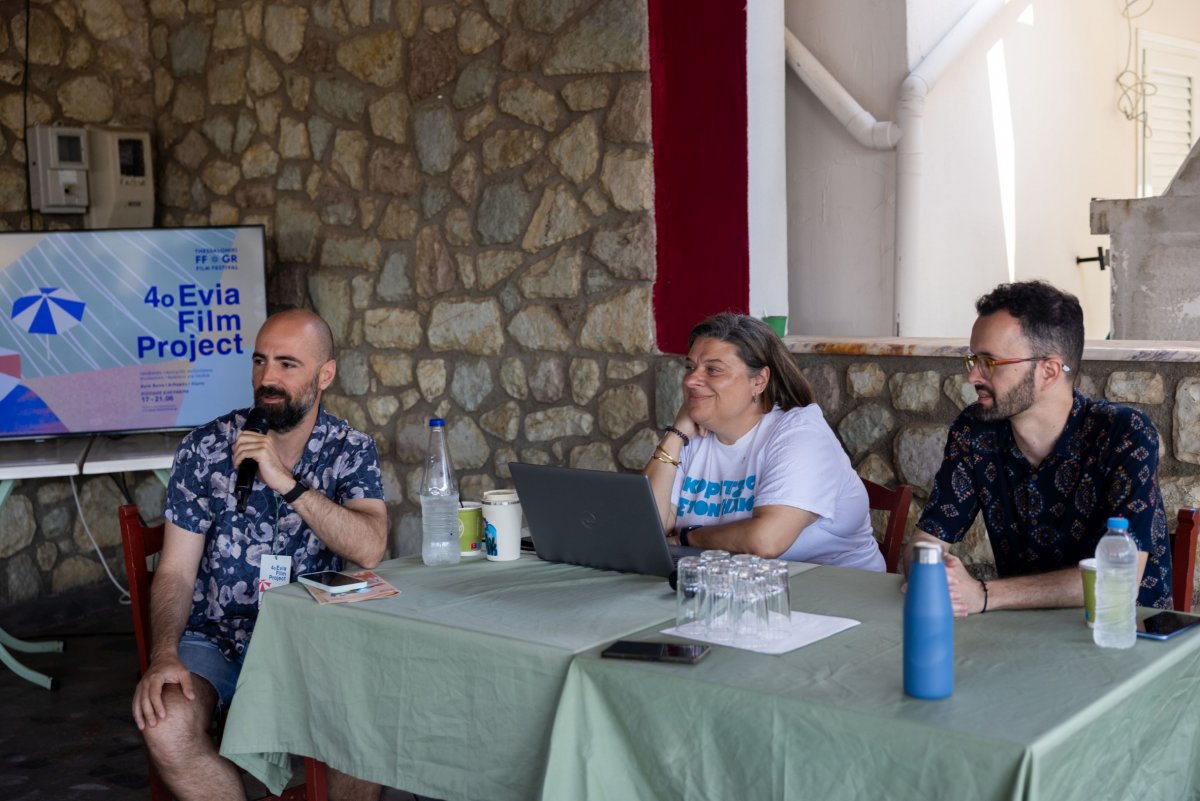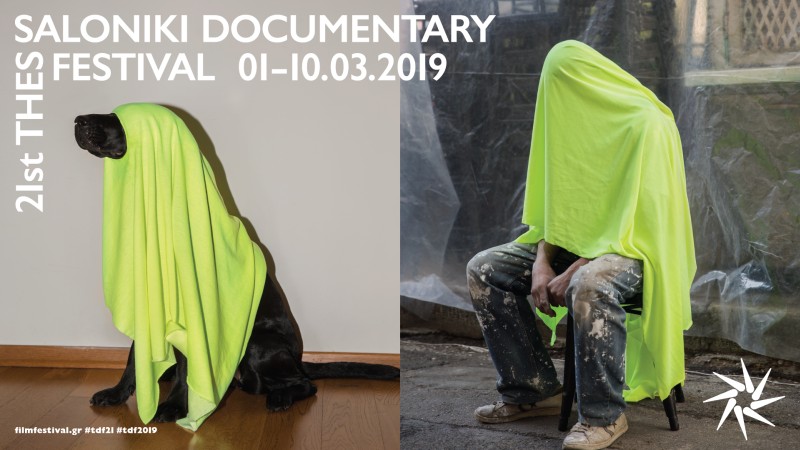The Brother from Another Planet
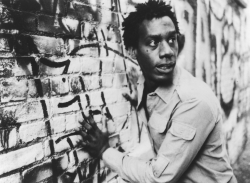
Screening Schedule
|
No physical screenings scheduled. |
- Script: John Sayles
- Cinematography: Ernest Dickerson
- Editing: John Sayles
- Sound: Eric Taylor
- Music: Mason Daring. Art Direction: Stephen Lineweaver
- Actors: Joe Morton (brother), Bill Cobbs (Walter), Leonard Jackson (Smokey), Steve James (Odell), Ren Woods (Bernice),Tom Wright (Sam Prescott), Maggie Renzi (Noreen), Caroline Aaron (Randy Sue Carter), Herbe
- Production: A-Train Films. Restored Version: Anarchists’ Convention. Production Design: Nora Chavooshian
- Producers: Peggy Rajski, Maggie Renzi
- Costumes: Karen Perry
- Format: 35mm, Color
- Production Country: U.S.A.
- Production Year: 1984
- Duration: 110
John Sayles
In a country that defines today’s cinematic reality to a huge extent, it has always been interesting to discover and showcase voices and ways of seeing that function outside the organized production system and, especially, outside the narrative and aesthetic forms of Hollywood and the big studios. For this reason,American independent cinema has always been at the center of attention of the Thessaloniki International Film Festival and there are many films and filmmakers that have been introduced to its audiences as an alternative to American cinema. However, until now, this systematic and long-time effort of the Festival’s had been marked by a large void. This void represented the work of John Sayles. John Sayles has had a singular career in American cinema. Having studied Psychology, having distinguished himself as a writer, having appeared as an actor on stage and having entered the field of cinema as the screenwriter of some of Roger Corman’s now legendary B-movies, John Sayles made his first directorial attempt with Return of the Secaucus 7, which was released in 1980 and left an indelible mark, certainly on his own career, but also on the history of American cinema. Filmed with few means and even fewer funds, with a cast of unknowns and a director who had never before sat in the director’s chair, not even as a second assistant director, Secaucus 7 was a box office hit, thanks exclusively to its sharp dialogue, its discreet political criticism and its sensitive portrayal of human characters faced with the dilemmas of everyday life.These three ingredients would become salient features of Sayles’s later work, while the film itself paved the way for a new “school” of directing, the proponents of which would attempt to “go out there” and touch the greater public with stories that the studio system didn’t dare (and still dares not) touch. From that moment on, John Sayles was dubbed the “father of independent cinema,” an appellation he rejects. Whether he is or isn’t historically the father of independent cinema, John Sayles has remained faithful, as few others have, to the exact same vision that inspired his first film.With the passage of time, his oeuvre has been enriched by films belonging to many different genres (sci-fi with Brother from Another Planet, children’s fairytale with The Secret of Roan Inish, etc.), his screenwriting craftsmanship has woven some of the most complex and manycharactered stories of American cinema (City of Hope, Sunshine State), and his directorial skill has approached perfection in certain films (Matewan, Passion Fish, Lone Star, Limbo). Sayles has been given countless awards by film festivals and committees and has twice been nominated for an Academy Award. With sixteen feature films to his credit, John Sayles has matured, has won acclaim and has charted a truly remarkable career, which viewers can follow step by step in the complete retrospective hosted by the 48th Thessaloniki Film Festival. But besides the opportunity to witness the creative development of a major filmmaker and besides the joy of watching certain excellent films, the tribute to John Sayles comes along to complement the image we have of American independent cinema and, as we watch his latest film, Honeydripper, to confirm that John Sayles undoubtedly remains a teller of untold stories, a commentator on sensitive issues and a creator of deep humanity; in other words, a truly independent film director.
Filmography
1980 Return of the Secaucus 7
1983 Lianna
1983 Baby It’s You
1984 The Brother from Another Planet
1987 Matewan
1988 Eight Men Out
1991 City of Hope
1992 Passion Fish
1994 The Secret of Roan Inish
1996 Lone Star
1997 Men With Guns
1999 Limbo
2002 Sunshine State
2003 Casa de los babys
2004 Silver City
2007 Honeydripper
1983 Lianna
1983 Baby It’s You
1984 The Brother from Another Planet
1987 Matewan
1988 Eight Men Out
1991 City of Hope
1992 Passion Fish
1994 The Secret of Roan Inish
1996 Lone Star
1997 Men With Guns
1999 Limbo
2002 Sunshine State
2003 Casa de los babys
2004 Silver City
2007 Honeydripper








